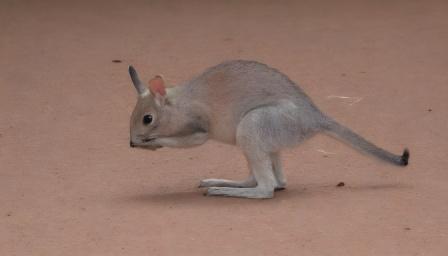With a triumphant hum in the cosmic void, India's maiden solar mission, Aditya-L1, has reached its final destination within the anticipated four-month timeframe. Launched on September 2, 2023, the spacecraft has successfully navigated over 1.5 million kilometers to its designated orbit around Lagrange Point 1 (L1), a special point in space where the gravitational forces of the Sun and Earth balance each other out, providing a stable platform for studying our nearest star.
This monumental achievement marks a defining moment for India's space program, demonstrating its growing prowess in exploring the mysteries of the solar system. Prime Minister Narendra Modi hailed the accomplishment as "yet another landmark," praising the "relentless dedication" of Indian scientists who made this complex and intricate mission a reality.
Aditya-L1 carries seven cutting-edge payloads designed to shed light on the Sun's enigmatic corona, the outermost layer of its atmosphere. This scorching plasma, millions of degrees hotter than the Sun's surface, plays a crucial role in space weather, influencing everything from satellite communications to aurora borealis. By studying the corona's dynamics, temperature, and composition, Aditya-L1 aims to unlock critical insights into solar flares, coronal mass ejections, and other space weather phenomena that can significantly impact Earth.
But Aditya-L1's mission extends beyond solar storms. It will also observe the Sun's magnetic field, solar wind, and chromosphere, providing a holistic understanding of our star's behavior and its impact on our planetary system. By unraveling these mysteries, the mission will not only contribute to fundamental scientific knowledge but also improve our ability to forecast space weather events that can cripple critical infrastructure and disrupt communication systems.
The successful arrival of Aditya-L1 paves the way for further advancements in India's space program. It opens doors for future missions delving deeper into the solar system, potentially towards Mars or Venus. Moreover, the data collected by this mission will be shared with international scientific communities, fostering global collaboration and pushing the boundaries of solar research.
Aditya-L1 is more than just a technological marvel; it is a testament to India's ambition and scientific acumen. It represents a giant leap forward for the nation's space program, placing it firmly among the world's leading spacefaring nations. As the spacecraft begins its vital observations, the world joins India in turning its gaze towards the Sun, eager to uncover the secrets it holds and better understand our place in the cosmic dance.






